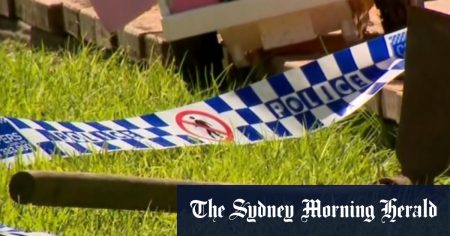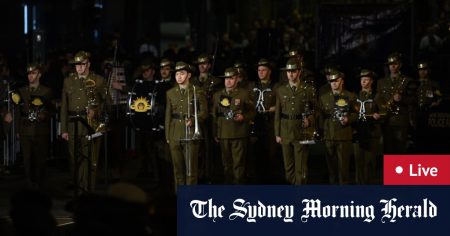In a disturbing incident in Perth, thieves are accused of running over a man with his own ute at his home. The man was reportedly trying to prevent the thieves from stealing his vehicle when the incident occurred. The shocking incident highlights the audacity and violence that some criminals are willing to resort to in order to carry out their crimes. The victim likely sustained serious injuries as a result of being run over by his own vehicle, underscoring the dangers that individuals can face when confronted by intruders or criminals. This incident serves as a stark reminder of the need for heightened security measures and vigilance in order to protect oneself and one’s property from potential threats.
The fact that the thieves used the man’s own vehicle as a weapon against him adds a chilling layer of brutality to the incident. It demonstrates a blatant disregard for human life and safety on the part of the perpetrators, who were willing to inflict serious harm on the victim in order to achieve their criminal objectives. The use of a vehicle as a weapon in this manner is not only a brazen and violent act, but also speaks to the lengths to which some criminals are willing to go in order to carry out their crimes. The victim’s attempt to thwart the theft of his vehicle ultimately resulted in a violent confrontation with the thieves, highlighting the risks that individuals can face when confronting criminals.
The incident serves as a sobering reminder of the need for individuals to prioritize their safety and security, particularly when faced with threats from criminals. The fact that the victim was allegedly run over with his own vehicle underscores the potential dangers that can arise when confronting criminals, even in one’s own home. It is crucial for individuals to take proactive measures to protect themselves and their property, including installing security systems, locking doors and windows, and remaining vigilant of potential threats. In light of this incident, it is clear that individuals must remain vigilant and take steps to ensure their safety and security in order to protect themselves from potential harm.
The brazen and violent nature of the incident also highlights the need for law enforcement and security agencies to work tirelessly to apprehend and prosecute individuals who perpetrate violent crimes. The fact that the thieves allegedly used the victim’s own vehicle as a weapon against him underscores the severity of the crime and the need for swift and decisive action to bring the perpetrators to justice. Law enforcement agencies must work diligently to investigate such incidents, apprehend the individuals responsible, and hold them accountable for their actions in order to ensure justice for the victims and prevent similar crimes from occurring in the future. The use of a vehicle as a weapon in this incident is a particularly concerning aspect of the crime, underscoring the need for comprehensive efforts to address and prevent violent crimes in the community.
The impact of the incident on the victim and his loved ones is likely to be profound, as they must now contend with the physical and emotional aftermath of the violent encounter. The victim’s injuries, sustained as a result of being run over with his own vehicle, are likely to have long-lasting effects on his well-being and quality of life. In addition to the physical injuries, the trauma of being targeted by violent criminals in his own home is likely to have a lasting impact on the victim’s psychological well-being and sense of security. The incident serves as a stark reminder of the potential risks and dangers that individuals can face in their daily lives, and the importance of taking steps to protect oneself and one’s loved ones from harm.
Overall, the incident in which thieves allegedly ran over a man with his own vehicle serves as a chilling reminder of the dangers and risks that individuals can face when confronted by criminals. The brazen and violent nature of the incident underscores the need for heightened security measures and vigilance in order to protect oneself and one’s property from potential threats. It also highlights the importance of law enforcement and security agencies working diligently to apprehend and prosecute individuals who perpetrate violent crimes in order to ensure justice for the victims and prevent similar incidents from occurring in the future. Ultimately, the incident serves as a sobering reminder of the need for individuals to prioritize their safety and security in order to protect themselves and their loved ones from harm.















